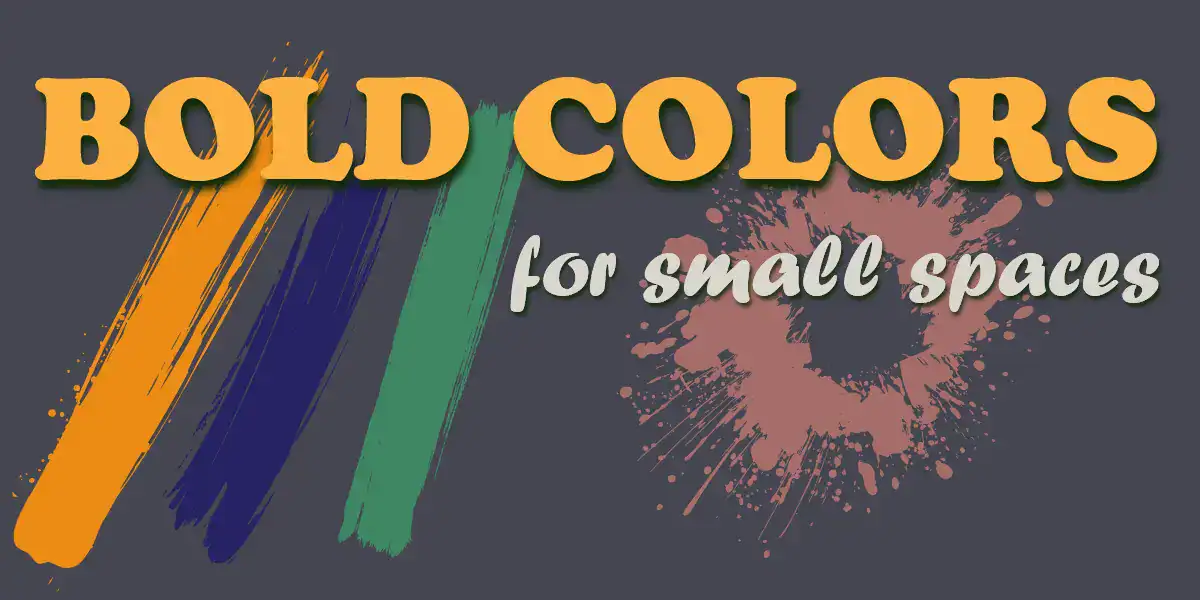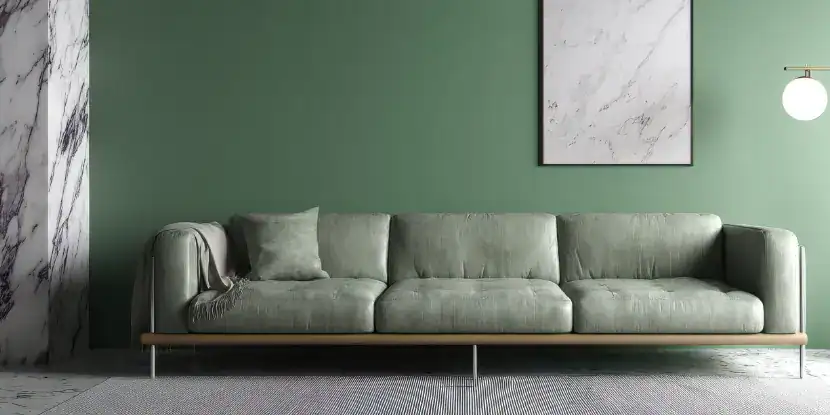“Good things come in small packages.”
No one ever said that about a room, however, or considered a drab, tiny kitchen without counter space “cute.”
There’s not much you can do about the counter space short of remodeling. But bold paint can expand a room visually and boost its personality.
Whether updating a small bedroom, transforming a cozy living area, or refreshing a compact kitchen, inspired color choices will make a huge difference.
Why Bold Colors Work in Small Spaces
1. They Create Depth & Dimension
A bold color draws the eye to certain parts of the room, making it feel layered rather than flat. For example:
- A deep navy or forest green on one wall can give the illusion of receding space, making the room feel deeper.
- Painting the ceiling a bold shade can make the space feel taller or more dynamic.
2. They Distract from Size
A bold color shifts focus away from the physical dimensions and toward the room’s overall feeling.
- When a color makes a statement, the space becomes about style and vibe, not square footage.
- It creates a memorable impression: people remember how it felt, not how small it was.
3. They Boost Mood & Personality
Color has psychological power. Small rooms often lack natural light or grand features, so bold colors can inject:
- Energy (e.g., warm tones like coral, mustard, or scarlet)
- Creativity (e.g., teal, emerald, or cobalt)
- Cozy sophistication (e.g., oxblood, aubergine, or charcoal)
This turns a cramped space into a deliberately styled nook.
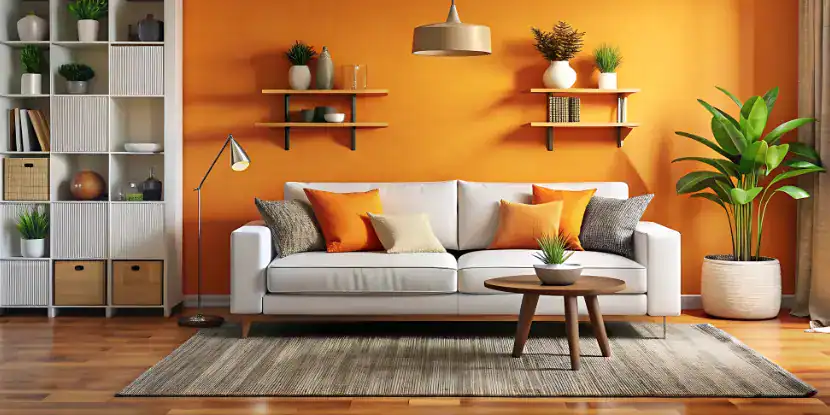
Bold colors make a design feel intentional.
4. They Make Design Feel Intentional
In small rooms, every design choice shows. A bold color signals confidence and intention.
- It tells the eye: this space is meant to be bold, intimate, and rich.
- The room feels like a carefully crafted jewel box, especially when paired with smart lighting, mirrors, or sleek furniture.
5. They Amplify Contrast & Accents
Bold walls can:
- Make furniture pop (e.g., white or brass against a dark wall)
- Highlight textures (e.g., velvet, wood, metal)
- Set the stage for art or plants, turning the room into a curated space
8 Bold Colors Perfect for Small Spaces
1. Navy Blue
Navy adds depth without overwhelming small rooms. This sophisticated neutral makes walls appear to recede, creating a cocoon-like effect that feels cozy rather than confining.
Best Applications
- Accent walls in bedrooms
- Kitchen cabinets in galley-style layouts
- Home office spaces
Local Sourcing Tip: Many Southern California paint suppliers stock navy blues year-round due to the coastal influence on regional design trends.

Navy blue adds depth without overwhelming small rooms.
2. Forest Green
Forest green brings a grounded, earthy atmosphere to spaces with limited natural light.
Best Applications
- Powder rooms (euphemism for “bathroom”)
- Reading nooks
- Kitchen islands
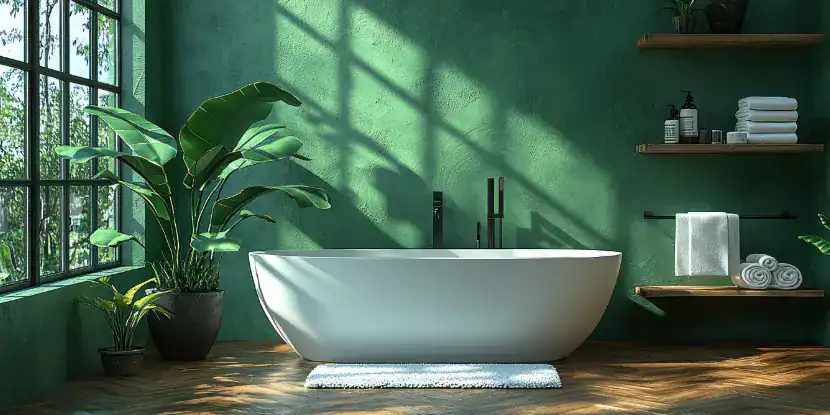
Forest green brings a grounded atmosphere to spaces with limited natural light.
3. Terracotta
Terracotta, an earthy orange-red, is a nod to Southern California’s Spanish colonial heritage. Its inviting warmth makes a small room seem larger.
Best Applications
- Dining alcoves
- Entryways
- Accent walls behind furniture
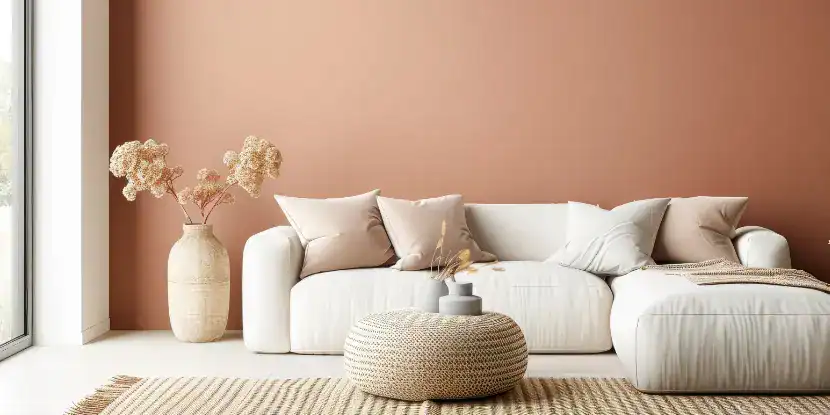
Terracotta’s inviting warmth makes a small room seem larger.
4. Burgundy
Luxurious, sophisticated burgundy is a top choice for rooms used primarily in the evening.
Best Applications
- Master bedroom accent walls
- Home bars
- Study areas
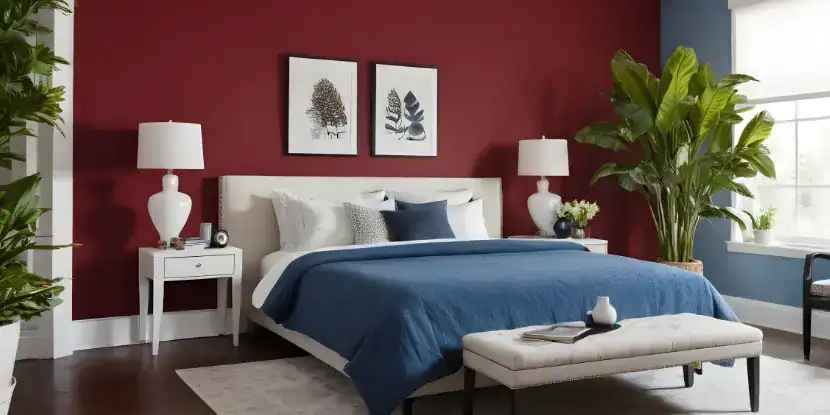
Burgundy is a top choice for rooms used primarily in the evening.
5. Teal
Teal combines the calming qualities of blue with green’s natural energy, and works equally well in warm and cool lighting conditions.
Best Applications
- Bathrooms
- Kitchen backsplashes
- Closet interiors
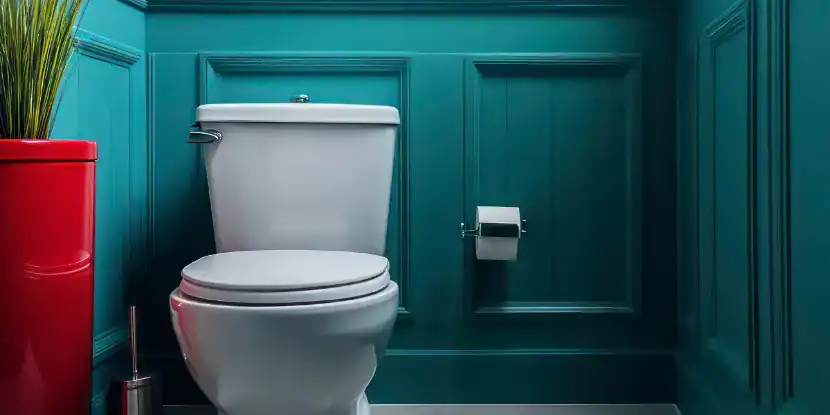
Teal works equally well in warm and cool lighting conditions.
6. Deep Charcoal Gray
Charcoal gray provides drama and versatility. Unlike pure black, charcoal allows other colors and textures to pop while still making a bold statement.
Best Applications
- Feature walls
- Built-in shelving
- Ceiling treatments in rooms with good natural light

Charcoal allows other colors to pop while still making a bold statement.
7. Mustard Yellow
Mustard yellow energizes small spaces, reflecting light to make rooms feel larger.
Best Applications
- Kitchen cabinets
- Laundry rooms
- Home offices
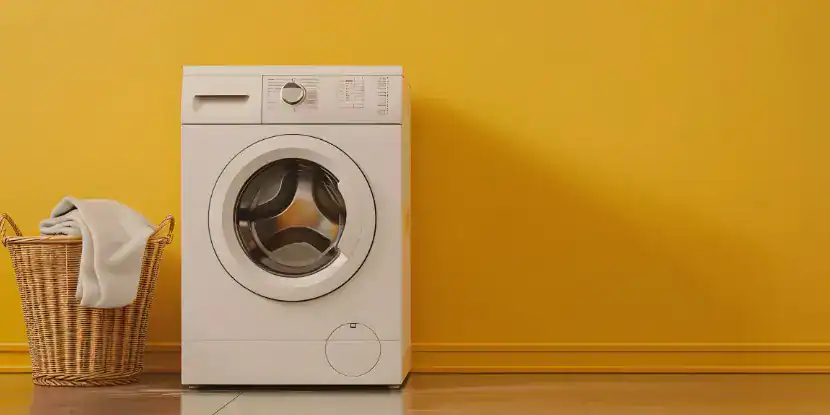
Mustard yellow energizes small spaces and makes them feel larger.
8. Sage Green
Sage green pairs well with warm and cool colors alike, and is easy to incorporate into a home with multiple colors.
Best Applications
- Living room walls
- Bedroom walls
- Bathroom accents (e.g., towels, shower curtain)
Application Strategies for Maximum Impact
The 60-30-10 Rule
Use bold colors strategically within the classic design ratio:
- 60% neutral base color
- 30% bold accent color
- 10% splash of complementary color
This approach prevents bold colors from overwhelming small spaces, while ensuring they make the intended impact.
Strategic Placement Techniques
- Accent Wall: Choose one wall for your bold color. Select the wall that naturally draws attention, or the one farthest from the main entrance.
- Ceiling Treatment: Paint ceilings in bold colors to draw the eye upward, making rooms feel taller.
- Built-in Integration: Apply bold colors to built-in elements like shelving, window seats, or storage solutions.
Lighting Considerations
- Natural Light: Test colors throughout the day to see how they change with California’s bright sunlight.
- Artificial Light: LED bulbs with warm color temperatures (2700K-3000K) complement most bold colors better than cool white light.
- Accent Lighting: Use strategically placed lighting to highlight bold color features and create depth.
Cost-Effective DIY Tips
- Paint Savings: Premium paint covers better, requiring fewer coats and ultimately costing less per square foot.
- Tool Investment: Quality brushes and rollers produce better results and last longer, making them cost-effective for multiple projects.
- Sample Testing: Purchase sample sizes to test colors in your lighting conditions before committing to full gallons.
- Local Supplier Benefits: Many Southern California paint stores offer color-matching services and can adjust formulas for regional climate conditions.
FAQs: Bold Paint Colors in Small Rooms
Q: Will bold colors make my small room look even smaller?
Not necessarily. Bold colors can make spaces feel more intentional and sophisticated. The key is using them strategically rather than covering every surface.
Q: How do I choose the right bold color for my space?
Consider the room’s natural light, existing furnishings, and intended mood. Test sample wall colors and observe them at different times of day.
Q: Can I use multiple bold colors in one small space?
Yes, but stick to colors within the same family or use the 60-30-10 rule to maintain balance. Two bold colors per room are usually the maximum.
Q: What’s the best finish for bold colors in small spaces?
Eggshell or satin finishes hide minor imperfections while still being easy to clean.
Q: How do bold colors affect resale value?
Neutral bold colors like navy or forest green typically don’t negatively impact resale value. More unusual colors can easily be painted over if needed.
Q: Should I paint trim and doors the same bold color?
Generally no. Keep the trim white or neutral for contrast and to prevent the bold color from flooding the space.
Q: How much paint do I need for a small room accent wall?
Most accent walls in small rooms require 1 quart to 1 gallon of paint, depending on the wall size and coverage. Measure your wall and consult with local suppliers for accurate estimates.
Q: Can bold colors work in rooms without much natural light?
Yes, but choose warm bold colors like terracotta or mustard yellow rather than cool colors like navy or teal. Add artificial lighting to enhance the color’s impact.

